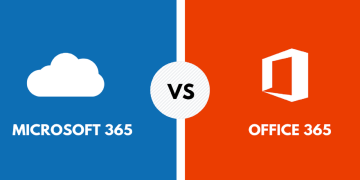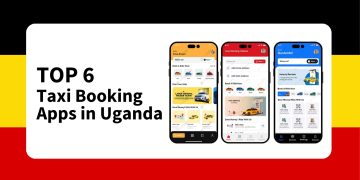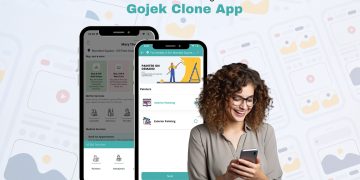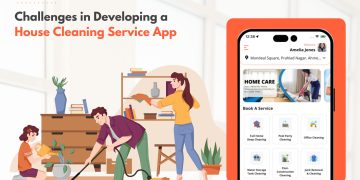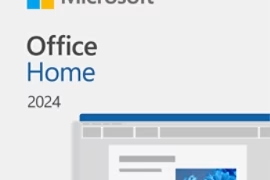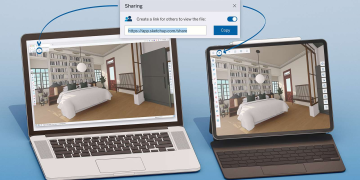Do you know 66% of projects fail because of badly defined needs & feasibility problems? With no validation in the first-stage development, resources are not being used in the right way, are not able to meet the expectations, & projects are rejected. So, a POC finds out the risks & reduces them. It offers the user a feasible but least version of the product to showcase its viability. When verifying market demand, testing tech practicality, or getting entrepreneur support, Proof of Concept in App Development Dubai offers valuable information. This helps firms to make informed decisions, saving time, effort, & money for the businesses in the future.
In this guest post, we will explore the meaning, need, core components, & steps to create Proof of Concept. So, read the complete post to know everything about POC. Let’s begin!
What do you mean by proof of concept?
A POC is the method of collecting proof to encourage the practicality of a project. Project managers do a POC at the beginning of the app development before investing so much money and time in any project. The goal of the POC is to showcase the project’s practicality to clients, stakeholders, & product teams. A proof of concept might uncover a defect, enabling the firm to revise or leave the project. In many cases, a Proof of Concept in App Development Dubai can tell the chance of project success, offering proof of durability for app development.
Main Characteristics of a POC
| Feature | Description |
| Purpose | To showcase the possibility of a concept |
| Scope | Restricted to testing important functionalities |
| Users | Primarily in-house teams & stakeholders |
| Timeframe | Short-term & usually take some weeks to months |
| Investment | Lower cost as compared to end-to-end development |
Why is proof of concept important?
There are a few reasons that show why Proof of Concept (POC) in App Development Dubai is important, especially for businesses looking for software development services in Dubai UAE.
- Better planning: A POC finds out the roadblocks & tells about the project direction. When you are thinking beyond, you can assist teams to find a solution for logistical problems before they come up, allowing you to navigate other stages of development easily.
- Finite resources: A POC helps to test project viability, ensuring firms pursue only possible projects to avoid wasting resources.
- Improved trust: A POC offers proof of project practicality. It helps to get the trust among clients & investors by boosting the ROI of an idea that doesn’t have proper planning & testing.
Core components of a proof of concept
An effective POC contains various components. While Proof of Concept (PoC) in app development may differ as per company type, they must involve the following components.
- Required resources: Make a proper plan that showcases what tools & resources you require to get the desired outcomes.
- Project goals: Highlight the intended results & how you are going to measure them.
- Problem statement: Explain what challenges will be solved by the projects & what needs they will address.
- Project definition: You should tell what your project’s intention is. So, that focus will be on that only instead of wasting time in finding out other ways or solutions.
How To Make A Proof Of Concept In 7 Steps?
Making a document increases the chances of an investor & stakeholders alike. Let’s look at the Steps to build a PoC for mobile apps.
1. Define your project idea
Firstly, you need to identify the idea behind the project. What issue will it solve and for whom? Your team members should have good knowledge of the market. This will help you to know in which direction you have to focus.
2. Set your success criteria
Once you tell about the project, set a standard to measure the loss & success of the project. If you are working on a client project, discuss with them what success means for them. And if not, do the important research to set the success basis.
3. List the resources you will need
After that, list the tech, tools, & other resources you need to complete the project. This will help to avoid wastage of resources, and you can also save your investment.
4. Determine your timeline
You should generate the estimated timeline that you will take to complete the project from discovery to launch. So, it will provide an estimated time, and every team will work accordingly. And if clients have any specific timeline, you can choose as per that.
5. Develop & test your prototype
Once you have decided on the scope of the project, you can start the development & test your app with the target audience. Give more attention to managing important points. And collect negative & positive reviews, so that you can make better informed decisions.
6. Review & Refine
Based on this, and any external feedback you collect or sense during testing periods, assess how the prototype did compared to your success criteria. Run a competitor comparison to see how it matches up against competing solutions. Apply what you’ve learned from this step to any areas that are failing to succeed.
7. Present your POC
Get your idea in front of decision-makers to secure funding for development. Give a clear model of how the idea operates, and visual aids, illustrations are your friends. Highlight how it does what it’s supposed to and solves a problem or satisfies a need of the audience. If that proof-of-concept turns out to look like it’s supposed to, it probably gets the go-ahead.
Conclusion
A Proof of Concept in App Development Dubai, enabling firms to check the viability of an idea without spending wide resources in the beginning. Companies should reduce risks, make use of the development team, & make the right decisions on whether to set the complete production or not. By using the Proof of Concept method, the app team can build solutions that cater to business goals & user requirements. Contact us today!















